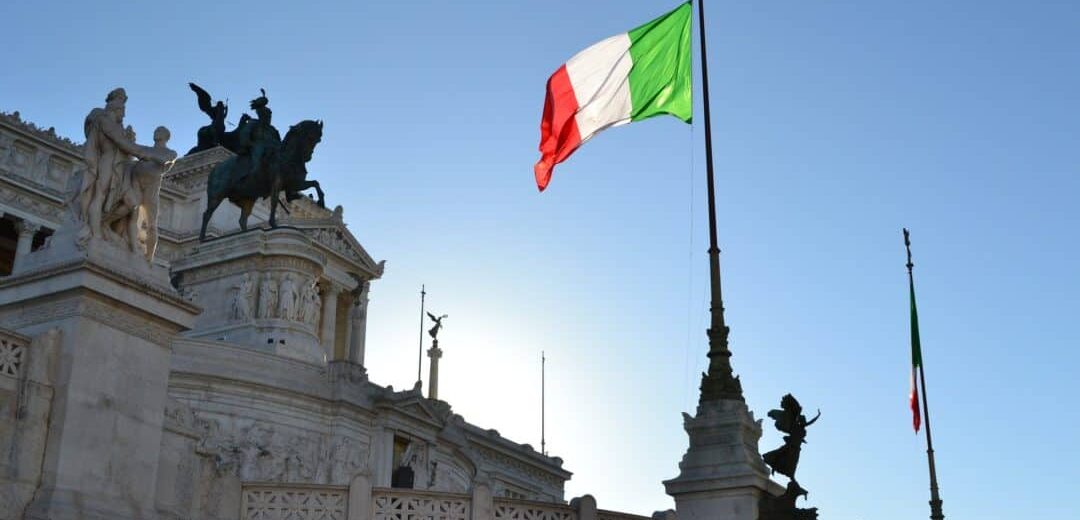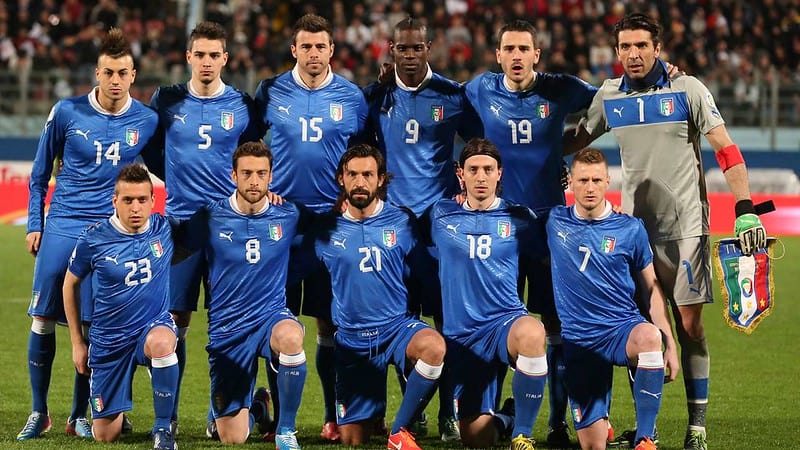
The Italian Flag
The Italian flag and its design
The Italian flag has its roots in the enlightenment and in the ensuing events that followed it. There are numerous conflicting theories as to how the colors and pattern of the flag were chosen. The modern Italian tricolor was chosen during the chaos of the wars of Italian unification and along with the numerous rebellions that occurred before and after. So in the end, there’s no definative answer to the question how did the modern Italian flag form.
The relation to the Italian flag and its cuisine
But of all the hundreds of flags that Marshall encounters, there is only one whose exuberant colors effortlessly evoke the nation’s delicious cuisine: the Italian flag.
The Italian flag corolates to a whole range of green-white-and-red food, ranging from the famous pizza Margherita, pasta, the caprese salad ( mozzarella, tomatoes and basil) and the insalate tricolore ( a salad with mozzarella, tomatoes and avocado)
See our post for the best pizza in Rome.

The Pizza Margherita was made famous in 1889, when the queen of Italy (Margherita di Savoia) visited Naples, to try out the increasing popular street food pizza from pizzeria Brandi. The queen diplomatically decided the Margherita pizza, topped with the colors of her flag her favorite.
See our post for a complete guide to street food in Rome.
Italian Flag Colors
As you know green, red, and white are the colors of the flag of Italy. The design looks remarkably similar to the French flag, and there’s a reason for that. During the 18thcentury (1700s), citizens would often show their allegiance by wearing a single or double colored cockade in their hats.
When the French Revolution came along, the revolutionaries that preached liberty, equality, and fraternity sported a red, white, and blue cockade. This set the standard for tricolor designs that were in line with movements associated with the ideals of classical liberalism. As the momentum of the French Revolutionary Wars spread to Italian-speaking kingdoms, the French tricolor arrived. The Italians decided to change the blue portion of the flag to green. One of the numerous theories is that green resembles nature, thus natural rights. This makes sense since it lines up perfectly with ideals such as political equality and representative democracy.
Another theory as to why Italians adopted the green, white, and red dates back to the Napoleonic Wars. Napoleon Bonaparte annexed a few northern Italian Kingdoms and principalities as a client state. A client state is a fancy word for a puppet state with a viceroy ruling over it in Napoleon’s place. This client state was called the Kingdom of Italy, and was the first quasi-successful attempt at securing Italian unity across the peninsula. This, however, failed as the Kingdom of Italy never survived the fall of Napoleon.
History lesson aside, the flag of Italy used during Napoleon’s rule uses green, red, and white. A military unit called the Lombard Legion also used green, red, and white uniforms. These colors became popular among the people as the military uniforms and tricolor cockades became symbols for Italian nationalism and republicanism.
Another interpretation for the colors of the Italian flag has a more romantic flare. Green stands for hope, white for the monarchy, and red for love. Kind of a unusual combo, but you’ll get it once you realize the Italian monarchy fused republican ideals with monarchism. Oh yes, and about the monarchy…
Italian Unification
Italy unified in 1861 after the establishment of the Kingdom of Italy in the city of Turin. It actually took about 9-10 more years of fighting and playing war until the entire Italian Peninsula was fully under control. King Victor Emmanuel II of Savoy became Italy’s King and was nicknamed “Padre della Patria”, or “Father of the Fatherland”.
If you’re familiar with what happened, the Italian wars of unification consisted of a highly strained, tense alliance of Italian nationalists who all had their own vision of what a unified Italy should look like. A deal was made that a monarch will unify Italy and enlightenment ideas such as political equality and individual rights such as voting will be granted. Well, the second part probably took a bit longer to happen, but we all get the idea.
In terms of the symbolism of the Italian flag, the story tells itself. The Italian monarchy adopted the tricolor and placed the coat of arms of the House of Savoy in the center. The coat of arms consisted of a crown and the inverted colors of the cross of St. George with a blue border. If we look at the former flag of the Duchy of Savoy, we’ll see that it consists of an inversion of St. George’s cross in the canton on a blue field. This blue field was reduced to an outline around the cross, which itself was turned into a shield to fit on the Italian flag.
Why was blue associated with Italy?
Well, blue was associated more with northwestern Italy during the crusades, but since the Duchy of Savoy existed in this geographical area, it had an influence on the design of the Italian flag. As mentioned before, the Savoy flag had a blue field. This blue field has its origins in the later crusade of Marshal Boucicaut. Crusaders used the Cross of St. George and, in addition, the color blue was associated with the tunic of the Virgin Mary, who was believed to be praying for them while they waged war. This is why the Savoy flag was draped in blue, as well as the Savoy coat of arms. This is also why Italian football teams wear blue shirts.

Ciao to the Monarchy
In 1946, King Victor Emmanuel III abdicated, leaving King Umberto II on the throne. Due to the chaos of WWII of which the monarchy was blamed for, the Italian people held a referendum and voted to boot the monarchy, thus forming a republic. As a result, the royal coat of arms was removed and leaves us with what we have today: the famous Italian tricolor.



